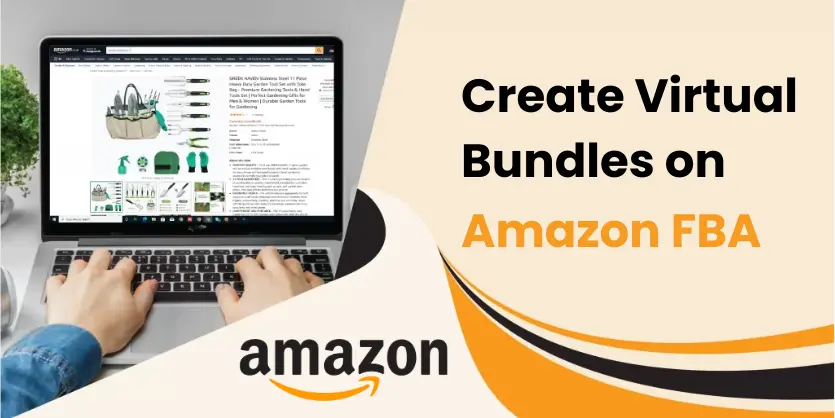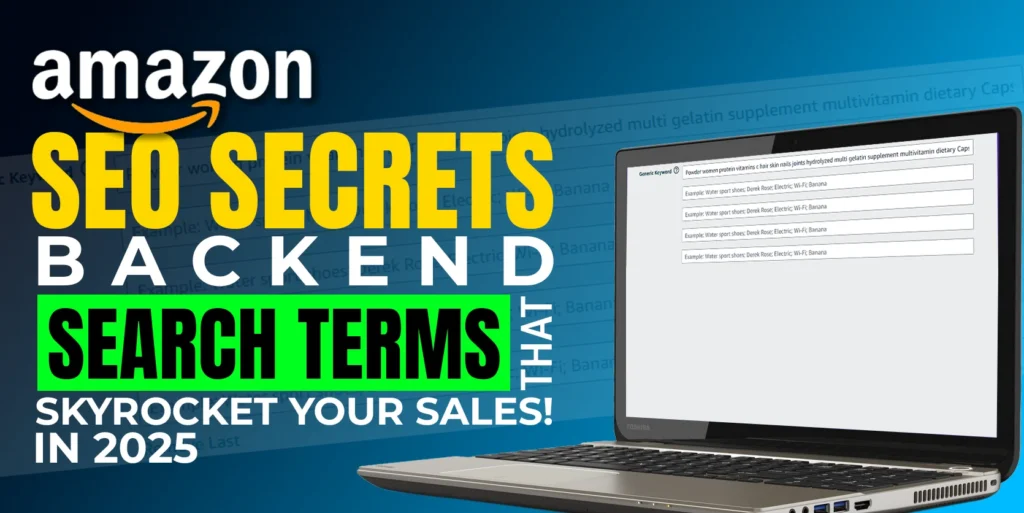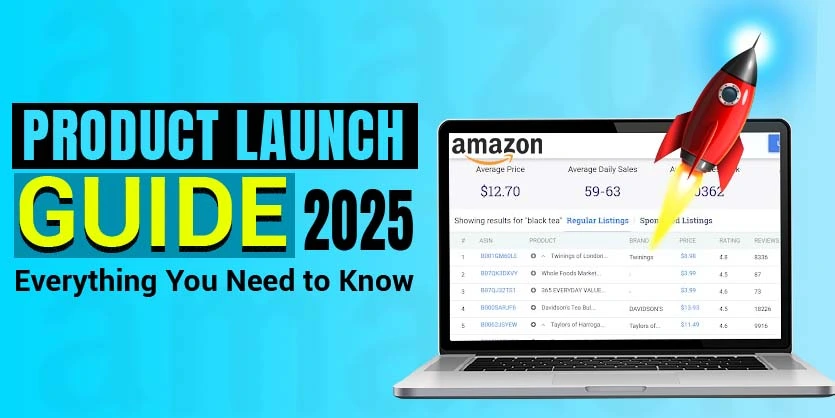When customers buy bread, they often need butter too. Bundling these related products in your Amazon store can boost sales and create a seamless shopping experience. Amazon Virtual Bundles allows sellers to combine multiple products under a single listing without the need for manual bundling. If you’re not taking advantage of this strategy, you’re missing out on numerous sales opportunities and a significant customer base. In this guide, we’ll walk you through the process of setting up Amazon Virtual Bundles, including how it works, eligibility, and why it’s crucial for your business. Let’s dive in!
What Is an Amazon Virtual Bundle?
Amazon Virtual Bundle is a feature that allows you to combine multiple products under one listing. This means that instead of selling products like a camera and a tripod separately, you can offer them as a set, providing a special deal for customers interested in purchasing them together.
For example, on Amazon, you might find a virtual bundle offering the Slumber Sleep and Go set, complemented by two fitted sheets in different sizes. This type of bundle offers a special deal, allowing customers to buy items either separately or as a discounted bundle.
Virtual Bundles vs. Regular Product Bundles
Unlike regular product bundles, virtual bundles combine products virtually from your inventory, without physically packaging them together. This eliminates additional FBA fees and shipping charges. By using virtual bundles, you can provide attractive deals to your customers while maintaining separate inventory for each item.
Why Amazon Virtual Bundles Matter
Amazon serves billions of customers with varying shopping preferences and behaviors. Some customers prefer purchasing multiple products as a single deal, making bundles a convenient and cost-effective option. Bundling products is a great way to increase sales, satisfy customers, and stand out from competitors. If you haven’t tried offering bundles, you’re missing out on a fantastic opportunity to boost sales and enhance customer satisfaction on Amazon.
Strategies for Slow-Moving Products
Bundling slow-moving inventory with high-selling complementary items can help clear out less popular products. Offering discounts on these bundles encourages sales and helps move slower items while capitalizing on the popularity of the complementary product.
Who Is Eligible for Amazon Virtual Bundles?
To be eligible for virtual bundles, you must meet the following criteria.
1. Brand Enrollment: The products must be part of a brand enrolled in Amazon Brand Registry, and the seller must be associated with the brand.
2. FBA Fulfillment: Bundle products must be shipped through Amazon FBA for fulfillment, and the seller must have an FBA account in good standing, with products in new condition.
3. Restrictions: Products cannot be gift cards or digitally delivered items like music, videos, or e-books.
4. Separate Packing: When a customer orders a bundle, each product will be packed and delivered separately.
Rules and Conditions for Amazon Virtual Bundles
Before creating a virtual bundle, you need to know a few rules and regulations:
Main Product: The products need to be organized around your main product, containing at least two to five ASINs that must be purchasable on their own.
Valid Pricing: The price of your Amazon virtual bundle cannot exceed the combined price of those products. It can be equal to or lower.
Multiple Bundles: You can create multiple bundles with the same main product combined with different complementary products.
Complementary Products: Ensure that the products in your bundle are complementary and compatible.
How to Create Amazon Virtual Bundles
Now that you know the requirements, rules, and conditions for Amazon Virtual Bundles, let’s walk through the steps to create one.
Access the Tool
Start from Amazon Seller Central and navigate to “Brands” > “Virtual Bundles.”
Add Products
Select the products you want to add to your bundle. The first product added will be your main product.
Set Quantity
Customize the quantity of each product in the bundle if desired.
Enter Titles and Price
Provide a full and short title for the bundle, keeping it brief and descriptive. Set the bundle price according to your plan, ensuring it is equal to or lower than the combined price.
Create Description and Bullet Points
Describe your bundle and highlight what’s included. Add bullet points for additional details.
Upload Images
Use existing product images or upload new ones for the main image and additional images.
Save and Publish
Once all details are filled in, save and publish your bundle.
Your new virtual bundle will appear in your Amazon store within 24 hours and will be linked to the individual products in the bundle.
Updating Existing Bundles
To update an existing bundle, navigate to “Inventory” > “Manage All Inventory.” Locate the bundle and select it. You can update the price, titles, description, bullet points, and images. However, you cannot change the products or SKU. If you need to update these aspects, delete the bundle and recreate it.
Conclusion
Amazon Virtual Bundles offer a powerful tool for sellers to increase sales and stand out from the competition. By understanding how to create and optimize virtual bundles, you can enhance your customer offerings and clear out slow-moving inventory while benefiting from the popularity of complementary products. Start leveraging Amazon Virtual Bundles today and watch your sales grow!
If you think this post has been helpful for you, please share this post with your friends and the e-commerce community. You can also check out our website www.ecomclips.com and get more updates! Keep browsing our blog to get more articles related to e-commerce. You can also mail us at info@ecomclips.com if you need any more help with Amazon.



